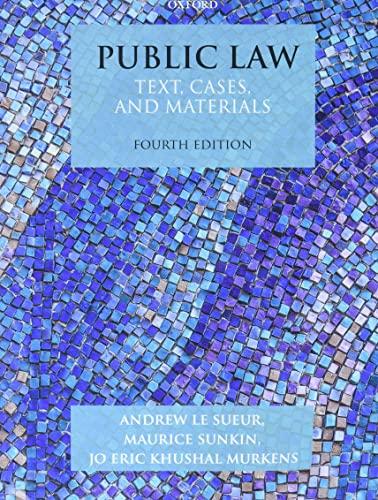Question
Chico, a citizen of Honduras, entered Canada as a student in 2001. Once his studies finished in 2004 he went back home. He returned to
Chico, a citizen of Honduras, entered Canada as a student in 2001. Once his studies finished in 2004 he went back home. He returned to Canada on August 9, 2011, as a temporary resident. On July 27, 2012, he left for Brazil to attend a course, but returned back to Canada on September 11, 2013, and made a claim for refugee protection. His claim was accepted on December 13, 2014. Chico became a permanent resident of Canada on May 22, 2015. On June 22, 2016, he traveled to Australia to visit family for one month. In December 2016, he left for 10 days on a business trip to Mexico, and from October 1, 2017, to November 14, 2017, he vacationed in Jamaica. On tomorrow's date (June 21, 2021), he is submitting his application for Canadian citizenship. What absences must Chico declare on his application for the purpose of his residency calculation?
- All absences from Canada since he first entered the country as a student in 2001.
- All the trips he took after he became a temporary resident in August 2011.
- Only his trips in 2016 and 2017.
- Only the trips he took after he obtained permanent resident status in 2015.
Zhao has been recognized as a Convention refugee by New Zealand, under what circumstances would he be eligible for refugee protection in Canada?
- If Zhao can establish the criteria under ss 96 or 97 of the IRPA
- If Zhao has a well-founded fear of persecution in his country of nationality
- Before Zhao becomes a citizen of New Zealand
- Zhao would be ineligible because he is recognized as a Convention refugee in another country and can return to that country
Which of the following statements is correct?
- Lupin, a permanent resident of Canada, will be able to count his time as physical presence while he is outside of Canada with his wife Kara, a citizen of France, where she works full-time as a locally engaged staff at the Canadian Embassy in Paris.
- Chekov is 12 years old and a permanent resident of Canada. He will be able count his time, while he goes to live in the United States with his father who is also a permanent resident of Canada and who works full-time for the United Nations in New York, as physical presence.
- Amanada is a permanent resident of Canada who currently lives in New Zealand with her husband who is a Canadian citizen. She can count the time she spent in New Zealand in her physical presence calculation for her citizenship application.
- Diana, a permanent resident of Canada, will be able to count, as physical presence, time she spent outside Canada accompanying her husband Vladimir who is also a permanent resident of Canada and who is employed on a full-time basis as a physician by the Canadian Navy at the Canadian naval base in Italy.
Step by Step Solution
There are 3 Steps involved in it
Step: 1

Get Instant Access to Expert-Tailored Solutions
See step-by-step solutions with expert insights and AI powered tools for academic success
Step: 2

Step: 3

Ace Your Homework with AI
Get the answers you need in no time with our AI-driven, step-by-step assistance
Get Started


